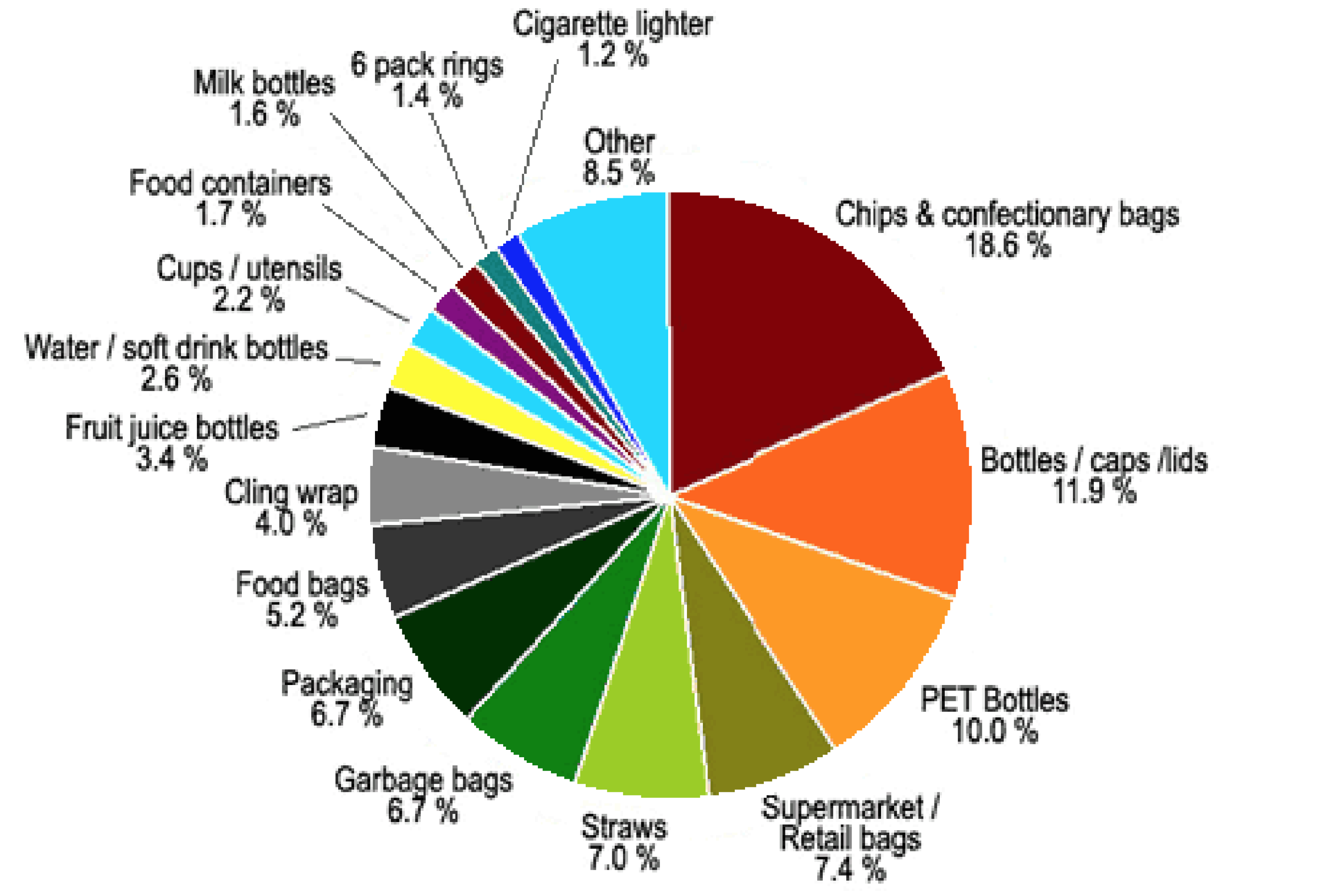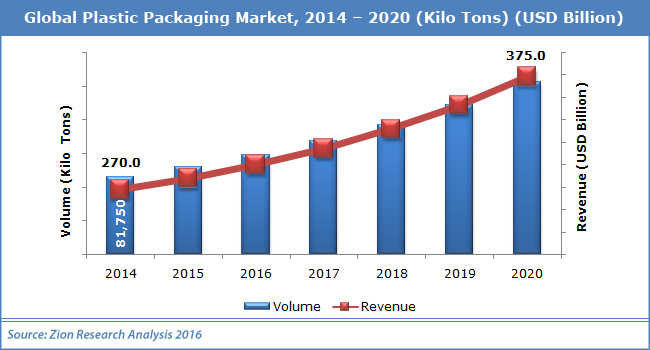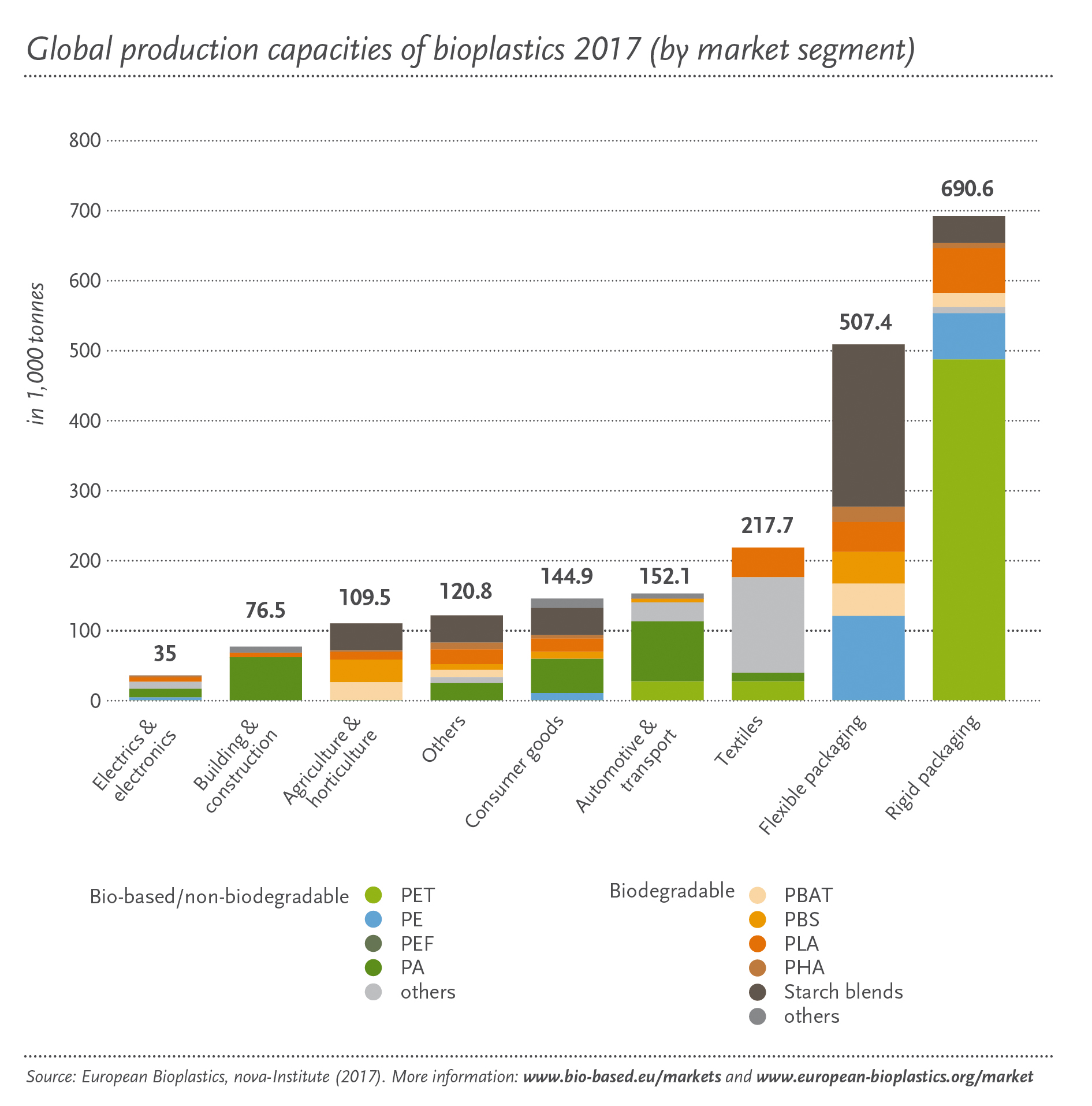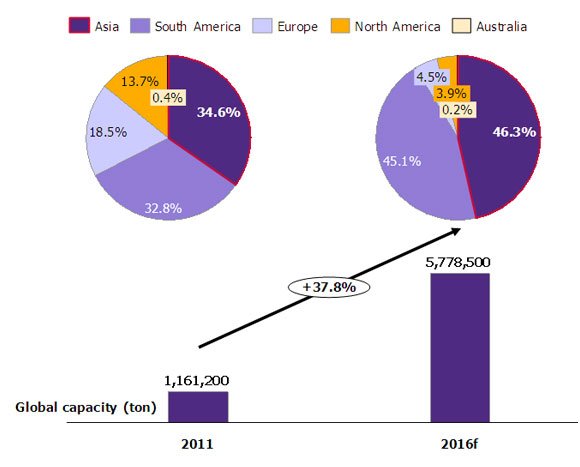PLASTICS: Complex Systems Problem
Key concepts:
• 11 top types of plastic by quantity
• BPA (Bisphenol A)
• DEHP
• history of plastic products from 1907
• plastic additives
• plastic toxicity
In 1907 Leo Baekeland, who coined the term plastics, invented the first fully synthetic plastic product, “Bakelite” which, because of its electrical non-conductivity and heat-resistant properties, was used in electrical insulators, radio and telephone casings and for products ranging from kitchenware to firearms, and even including billiard balls, jewelry, pipe stems, and children’s toys.

Chart Credit: Nishant Dogra
More than a century later, some plastics, and some applications, solve key problems, while other plastics, and other applications, are the source of deep environmental problems.
earthDECKS’ mission: collaborative intelligence
earthDECKS.org chose to focus on plastic as a complex systems problem for three positive and three problematic reasons. Positive:
- First, increasing global awareness of the risk if our oceans have more plastic than fish.
- Second, massive mobilization to address this massive problem.
- Third, no black/ white solution. Plastic has been useful for medical devices, 3D printing, industrial and machine parts, lenses, greenhouses etc. Useful plastic applications should be retained and adapted.
Three problematic reasons:
- Plastic and global warming are both complex systems, supply chain management challenges where earthDECKS’ collaborative intelligence app, tools, and AI-driven system can help evolve a next generation World Game honoring Buckminster Fuller’s legacy.
- Global mobilization of humanity facing the plastic problem needs for “the right hand to know what the left hand is doing.” From corporate enterprise to philanthropy to academia to government, to the International Coin Offering and alternative currency communities, all must all collaborate – earthDECKS’ system is designed to facilitate that process.
- The good, the bad and the ugly in plastic must be sifted, sorted, filtered and the supply chain understood, since the plastic in the ocean has come from land, from plastic production and consumption.

Summary: common types of plastic
PET and polyethylene vie for first and second place in global production, both at more than 70 million tons, though estimates vary; it is very difficult to pin down an accurate estimate. Polypropylene and PVC vie for third and fourth place, both at more than 50 million tons. Polystyrene (PS), marketed under the trade name Styrofoam, is number 5. Polyethylene, polypropylene, and polystyrene make up over 70% of the plastics used in medical devices, so the uses of these top plastic products are not all destructive. Here is a list of the most produced plastics:
- polyethylene terephthalate (PET) – most common plastic, used in fibers for clothing, containers for liquids and foods, thermoforming for manufacturing, as a moisture barrier, and in combination with glass fiber for engineering resins. 30% of its production is used in plastic bottles. PET is commonly used in commercially sold water bottles, soft drink bottles, sports drink bottles and condiment bottles. Annual global production is estimated by 2020 at more than 70 million metric tons.
- polyethylene(PE) vies for the title of “most common plastic.” It is also used in packaging (plastic bags) and is also used for plastic films, geomembranes, containers including bottles and grocery store bags.
- polypropylene (PP) – second most common plastic, used for packaging and labeling, textiles, plastic parts and reusable containers of various types, laboratory equipment, automotive components, and medical devices. Annual global production is c. 55 million metric tons.
- polyvinyl chloride (PVC) – third most common plastic, used in bottles, non-food packaging, cards (e.g. bank or membership cards); plumbing, electrical cable insulation, imitation leather, flooring, signage, phonograph records, inflatable products, and as a rubber Annual global production is c. 54 million metric tons.
- polystyrene(PS) – marketed under the trade name Styrofoam is number 5 in global production at several million tons per year and is widely used in packaging (e.g. yogurt containers) and found in its foamed form as litter in the landscape and in the ocean, particularly the Pacific. Polystyrene an aromatic hydrocarbon and is chemically very inert.
- polylactic acid (PLA) – differs from other plastics in being derived from biomass rather than petroleum, so it biodegrades more rapidly than traditional plastic materials and is increasingly used as a substitute in manufacturing plastic cups and in DIY 3D printing.
- polycarbonate (PC) – strong, impact resistant, and transparent and so is used in greenhouses and in riot gear for police and also for reusable plastic containers, a source of BPA.
- acrylic – highly transparent, scratch resistant and so is used in contact lenses, glasses, magnifying and other lenses.
- acetal (polyoxymethylene, POM) – high tensile strength and high resistance to heat, abrasion, water, and chemical compounds. It is also creep resistant and has a low coefficient of friction so that it can be used in gears.
- nylon – used in clothing, reinforcement in rubber material like car tires, rope, thread, in injection molded parts for vehicles and mechanical equipment, as a substitute for low strength metals in car engines because it is strong relative to other plastics, has high temperature resilience, and high chemical compatibility.
- ABS (Acrylonitrile Butadiene Styrene) – strong resistance to corrosive chemicals and physical impacts, is easy to machine, widely available, has a low melting temperature so easily used in injection molding, and so is the number one material in 3D printing, used for products like Lego blocks.
The domain of bioplastics is growing. Various countries are examining this product domain as a new strategic opportunity.

 Plastic Additives. Besides plastic, the additives used to make plastics are some of the worst pollutants and health contaminants. EcoWatch provides a non-technical overview.
Plastic Additives. Besides plastic, the additives used to make plastics are some of the worst pollutants and health contaminants. EcoWatch provides a non-technical overview.
Dangers arise not just from eating plastic. The industrial manufacturing of plastic releases a range of toxic chemicals, many carcinogenic or neurotoxic, e.g. vinyl chloride from PVC; dioxins and benzene from polystyrene; and formaldehyde from polycarbonates. Many of these toxins are known as persistent organic pollutants (POPs). They are highly toxic, and like plastic, they don’t easily go away.
From arsenic to DDT, there are a range of endocrine disruptors that disturb the body’s hormone system.
Two Top Endocrine Disruptors used in Plastics: BPA and DEHP
BPA [Bisphenol A]
The endocrine disruptor Bisphenol A (BPA) is a chemical widely used in making plastics. BPA-based plastic is clear and tough, and is made into a variety of common consumer goods, such as plastic bottles including water bottles, sports equipment, CDs, and DVDs.
Polycarbonate reusable water bottles, which those wanting to minimize plastic pollution often use, turn out to be a key source of human BPA exposure. BPA leaches into water even at room temperature, and when exposed to boiling water, BPA leached 55 times more rapidly than it did prior to exposure to the heat.
DEHP [di-(2-ethylhexyl) phthalate] – plasticizer
DEHP, like other phthalates, may cause endocrine disruption in males, affecting reproductive function, for both childhood and adult exposures. DEHP is used as a plasticizer in medical devices: blood and dialysis bags, tubing (air, catheters, intravenous, nasogastric, transfusion). DEHP, first introduced in the 1940s in blood bags, makes these plastics softer and more flexible, but leachates of DEHP may affect the patient.
DEHP is also used in a range of household items: dolls, floor tiles, furniture upholstery, garden hoses, medical tubing, rainwear, shoes, shower curtains, swimming pool liners, tablecloths, toys. DEHP is also a fragrance carrier in air fresheners, colognes, cosmetics, laundry detergents, personal care products, scented candles. But the main exposure to DEHP is from food (0.25 milligrams per day). DEHP can leach into drinking water from discharges from rubber and chemical factories. The US EPA limits DEHP in drinking water to 6 ppb. Though also found in bottled water, the EPA does not regulate levels in bottled water.
DEHP belongs to the group of endocrine disruptors called phthalates found in PVC plastic products, including toys, deodorants and shampoos, shower curtains, raincoats, food packaging and a myriad of other products. Because the phthalates are loosely bound to plastic, they are easily absorbed into food, beverages and saliva. Like BPA, they have been commonly detected in our bodies and found to affect male reproductive health.
See the app @ earthDECKS.org
Saving Our Oceans from Plastic: articles by Zann Gill
- Adverse Health Effects of Plastic
- Aquaria – Informal Learning Network
- Beat the Microbead
- Bibliography: Plastic Roads
- Boyan Slat: Floater Technology for Ocean Cleanup
- Complex Systems Problems
- Cradle to Grave: Plastic Supply Chain
- Dame Ellen MacArthur: The Circular Economy
- Sylvia Earle: Learning for a Plastic World
- earthDECKS Limelights: Companies to Watch
- Enshrouded in Plastic
- Flamingos Signal the Future We Face
- Floating Trash: More than 4x as bad as we thought
- Give the World a Helping Hand: 3D Prostheses
- Global Ocean Sensing
- Industry Response to the Plastic Challenge
- Nature’s Innovators: plastic consumers
- Ocean Debris Network
- Ocean Ingenuity
- Oceans – Measuring Planet Health
- Plastic Bank – The Exchange Economy
- Plastic – Climate Change Connection: Israel & UBQ
- PLASTIC: Complex Systems Problem
- Plastic: Drinking Water, Table Salt & Mother’s Milk
- Plastic Footprint – Carbon Footprint
- Plastic-Eating Enzyme
- Plastic Gyres and Social Justice
- Plastic Impact Calculator
- Plastic Pollution Coalition: Campaign vs Single Use Plastic
- Plastic & Public Health: Endocrine Disruptors
- PLASTIC: Overview of National Leadership
- Plastic Roads – Global Innovation Ecosystem
- Plastic Strategies for Innovation
- The Plasticene
- Plastiki: adventure stories & a big message
- Raising Awareness of Plastic Hazards
